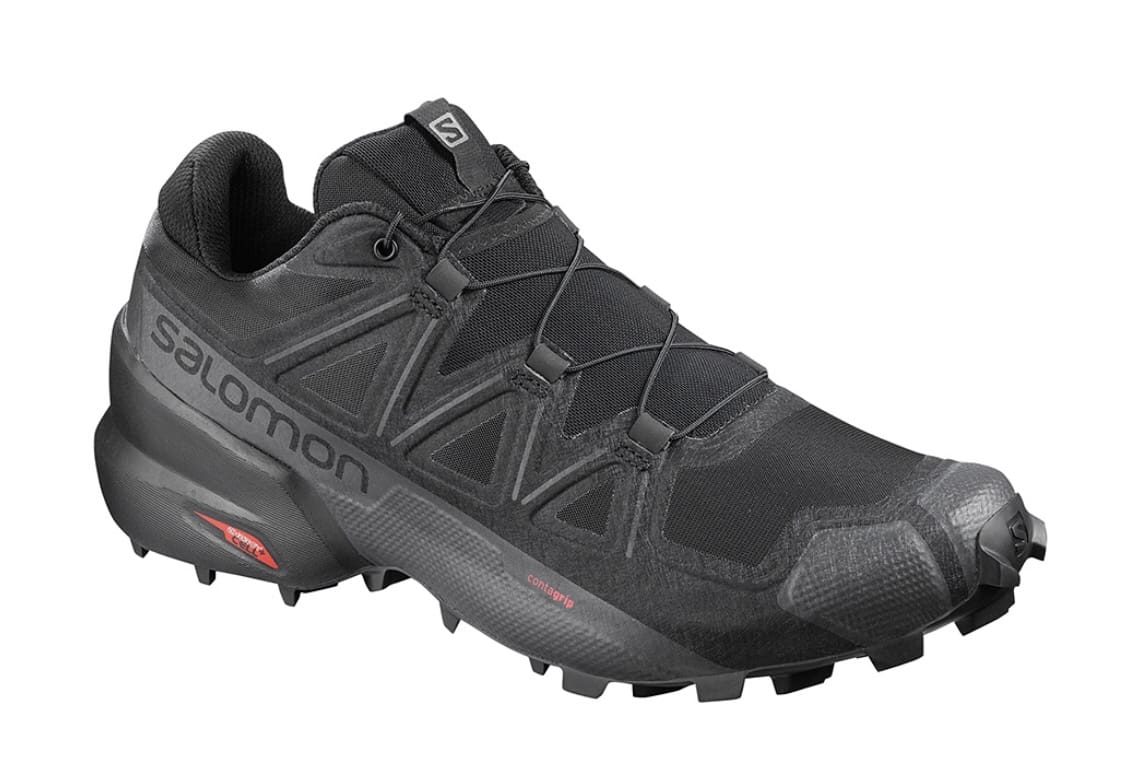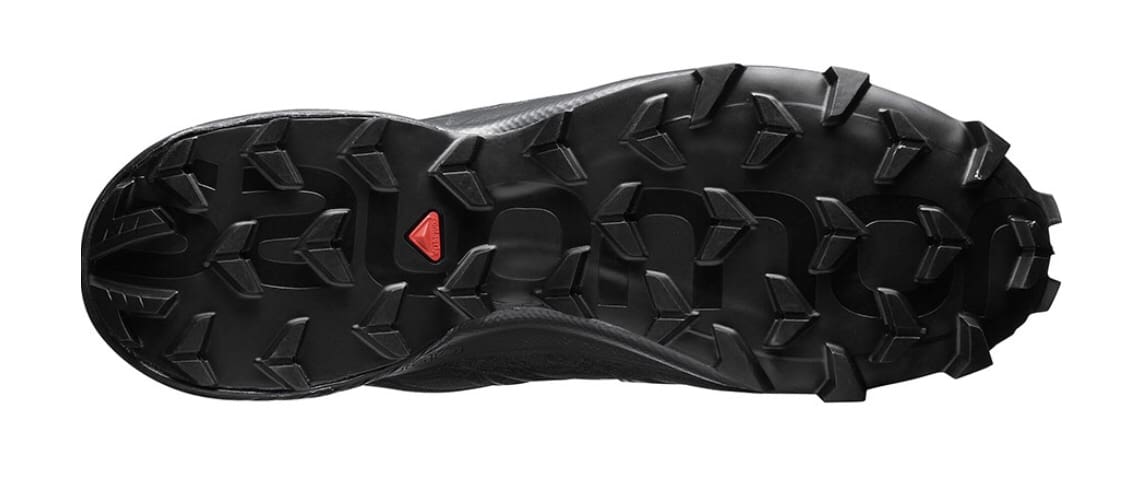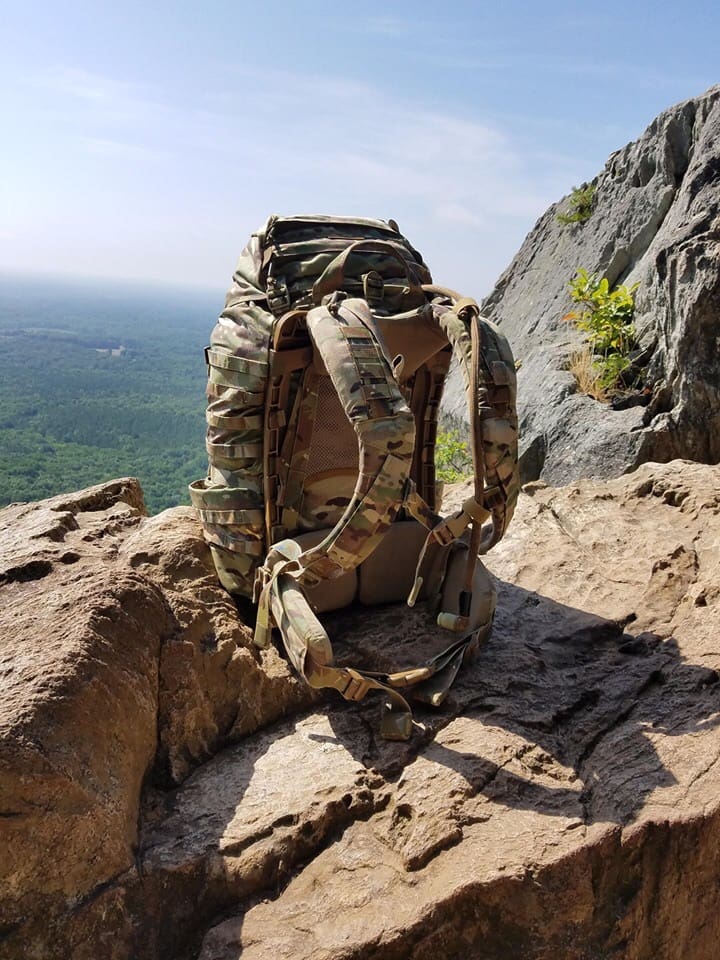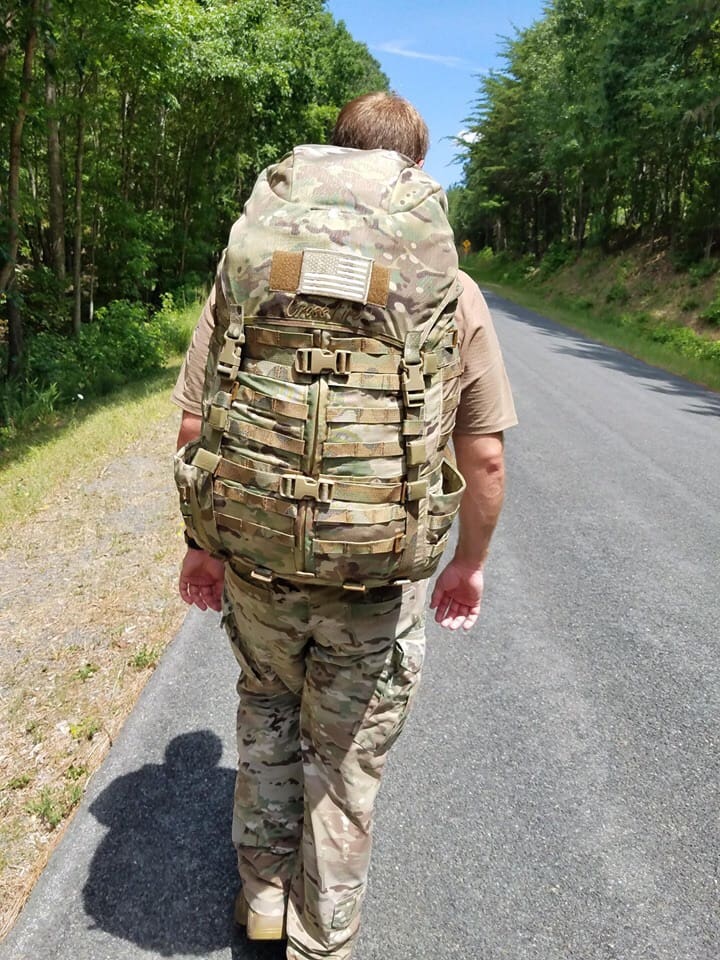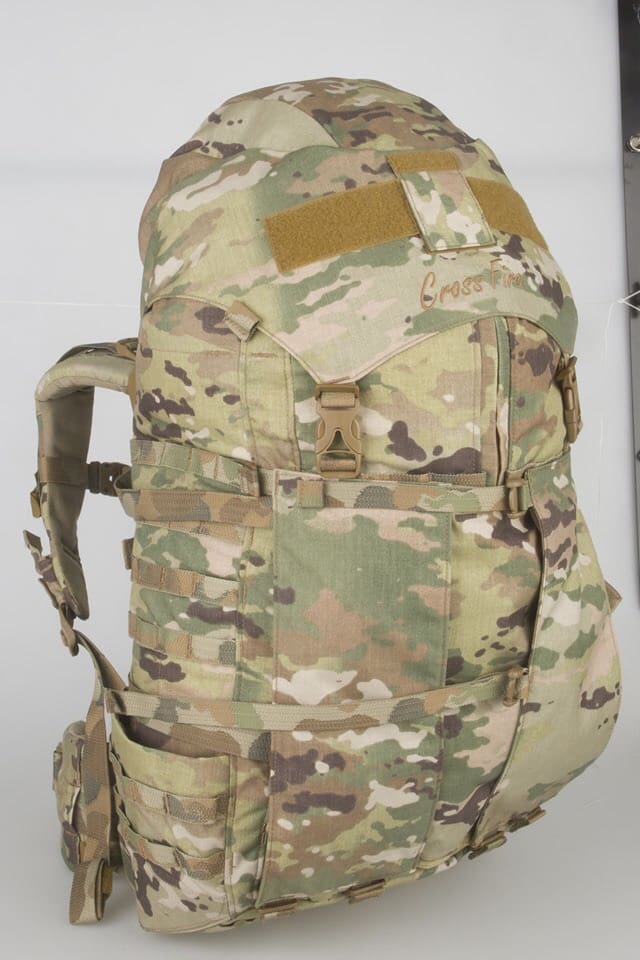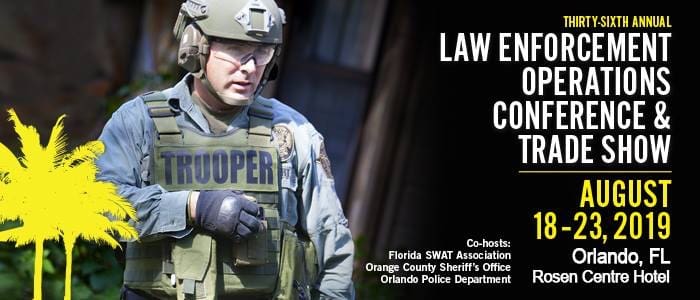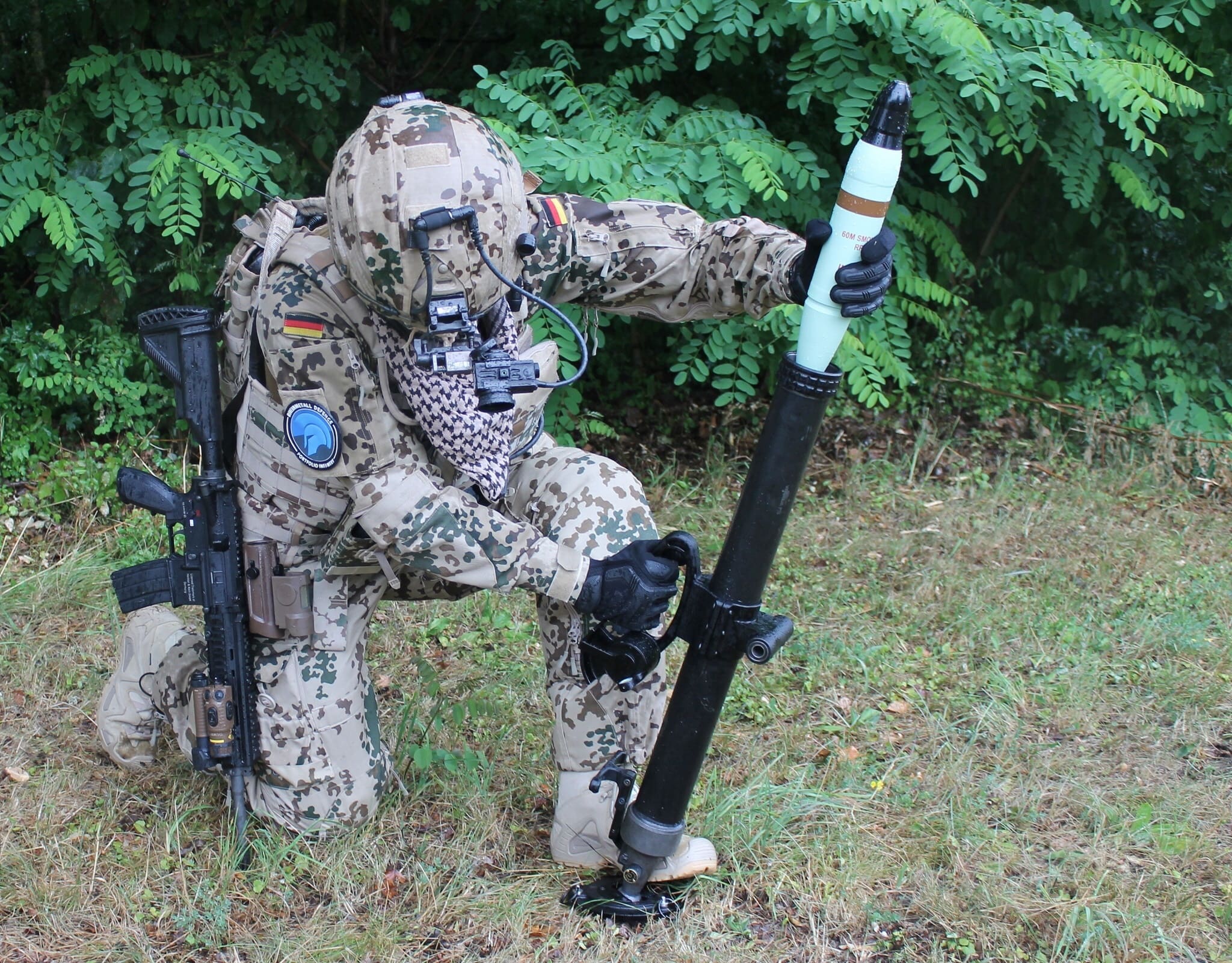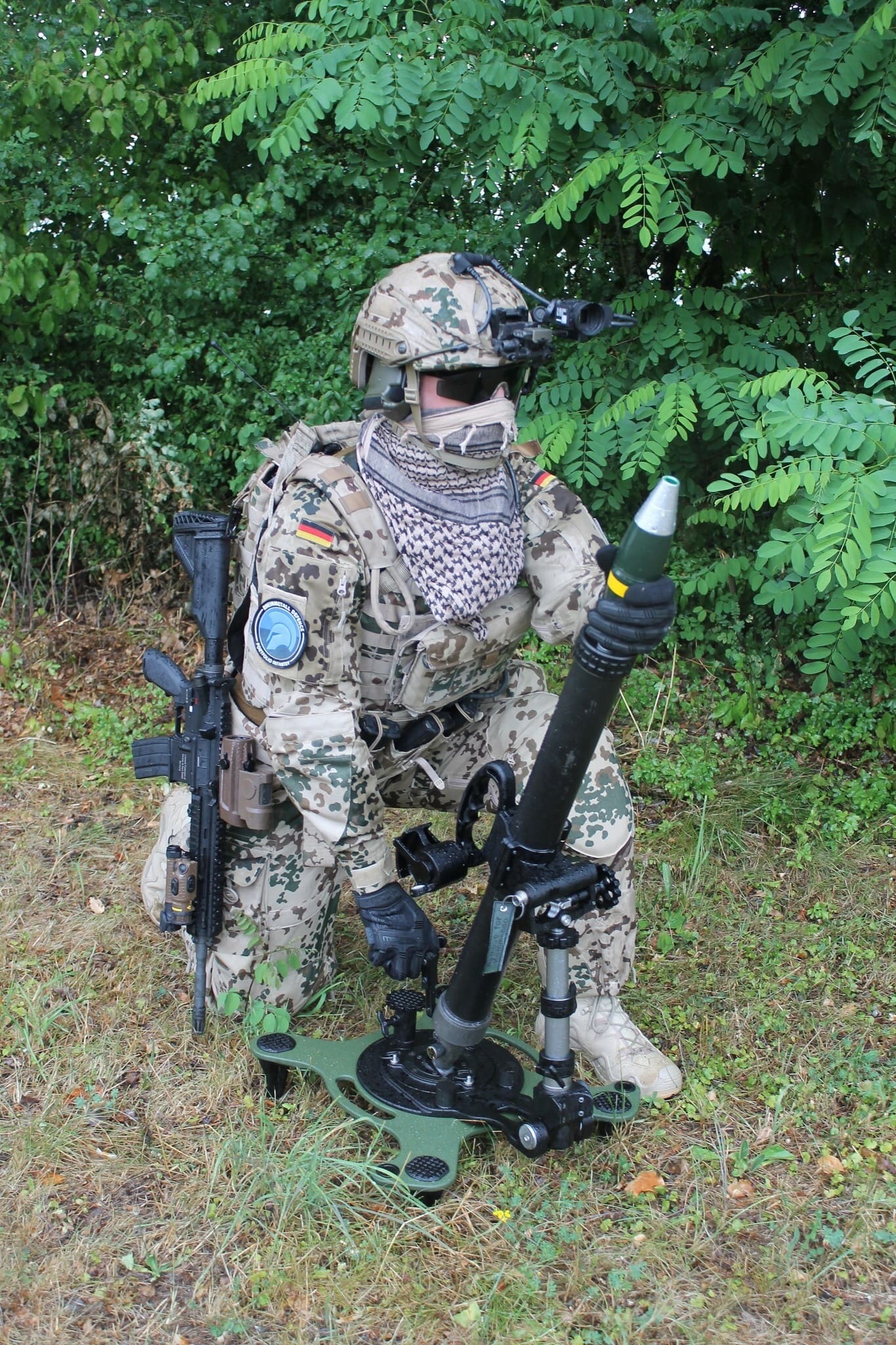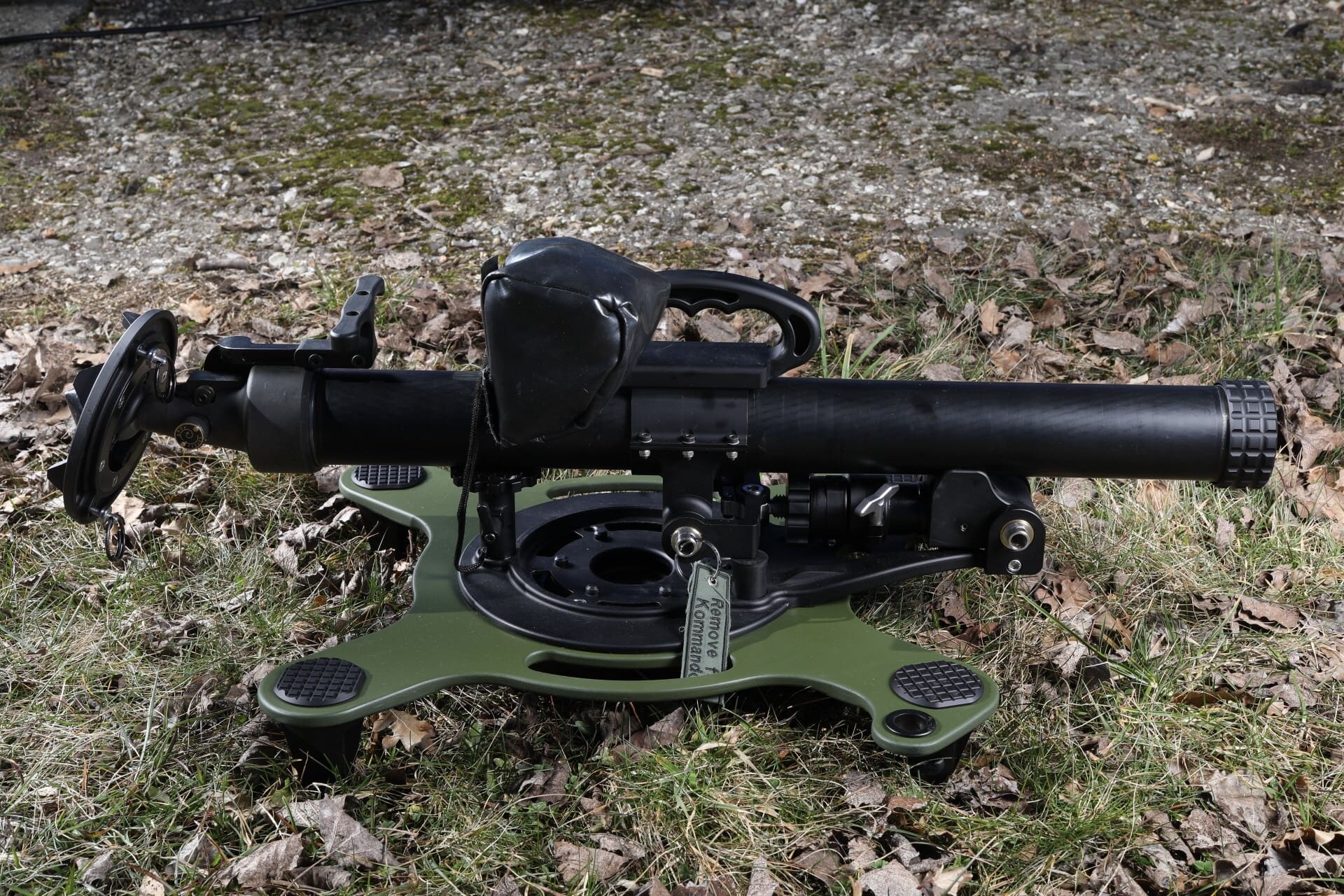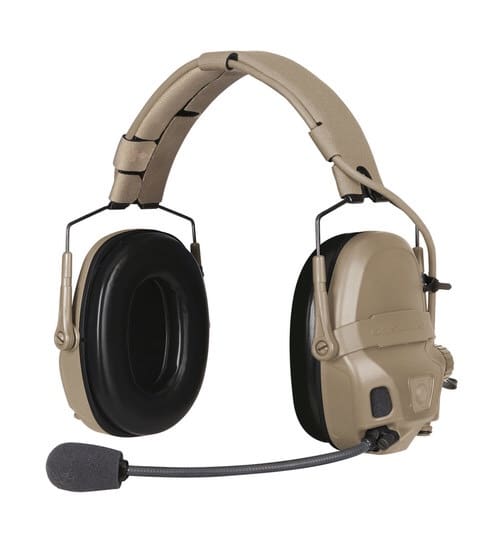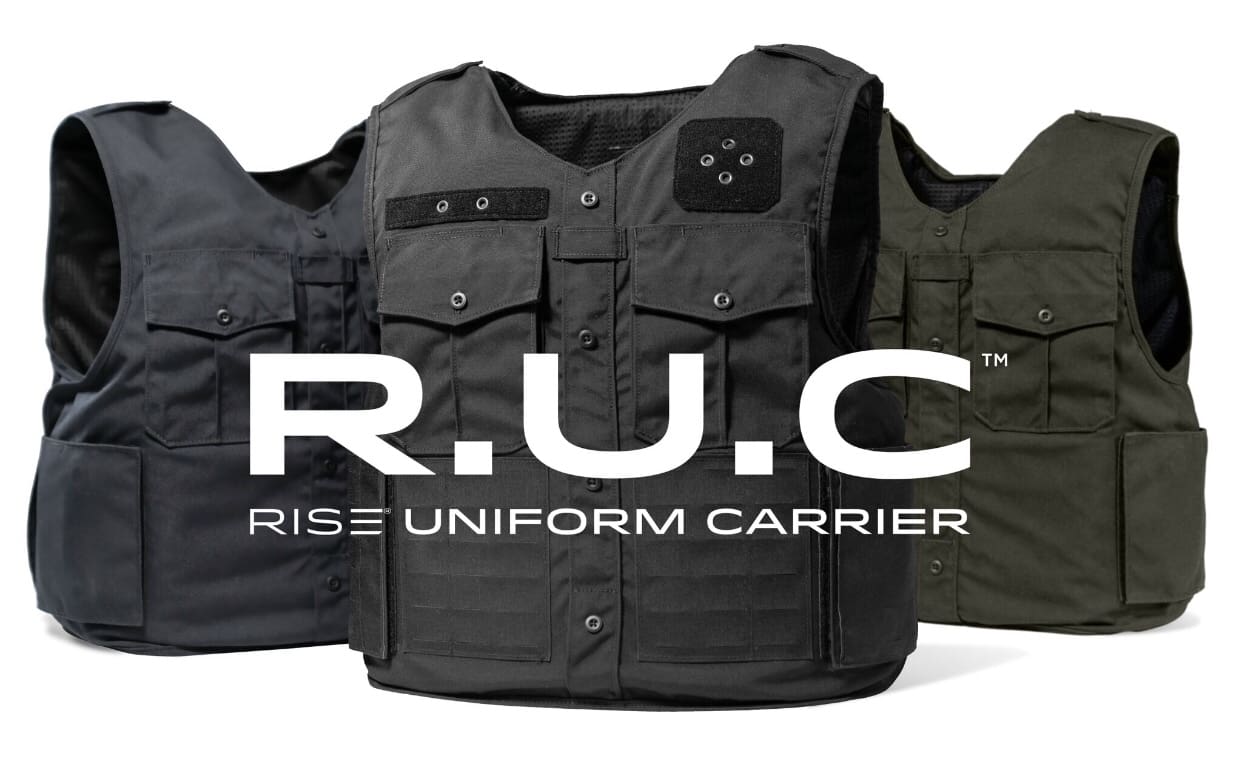Digital, reusable Enhanced Diversionary Device will give added “kick” to Throwbot 2® robot
COLORADO SPRINGS, Colo.—August 13, 2019—Liberty Dynamic announced today that it will begin collaborating with ReconRobotics, Inc., on adapting the robotic company’s tiny, tactical Throwbot 2® robot so that it includes an Enhanced Diversionary Device.
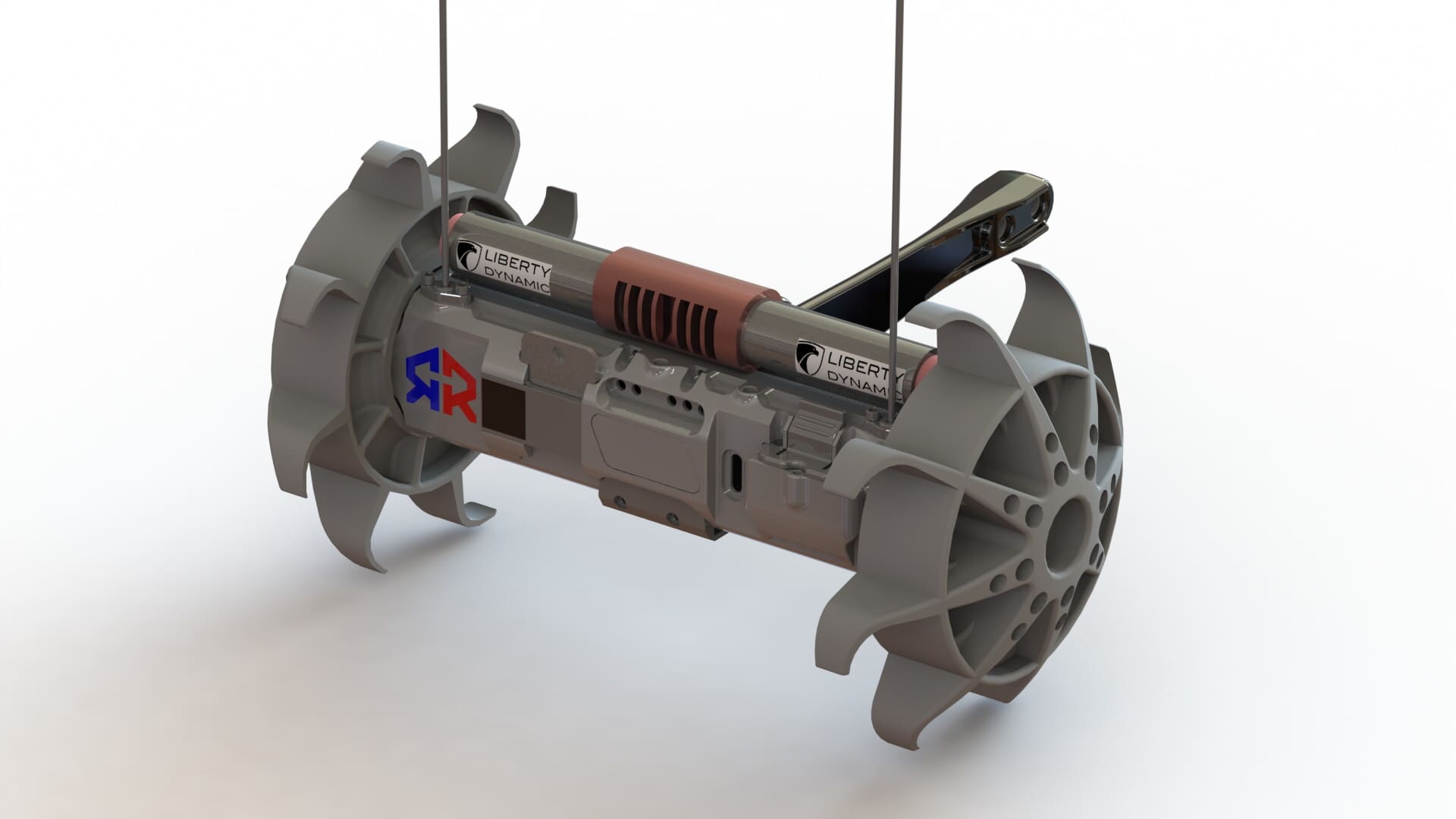
By having the robot blended with a flash-bang, military and law enforcement users (hostage rescue, special reaction and SWAT teams) save precious seconds before detonation as well as benefit from real-time intelligence.
“It’s all about giving operators tactical advantage,” said John Chapman, CEO of Liberty Dynamic.
First unveiled this past January, the Enhanced Diversionary Device is a reusable, microprocessor-controlled flash-bang designed to be safer and more economical than the standard stun grenades currently used by police officers and military personnel.
“Legacy flash-bangs are supposed to be safe,” Chapman said, “but their chemical detonators can sometimes ‘cook off’ too early. They can also cause fires and secondary fragmentation because they burn very hot and explode on the ground.”
By contrast, the Enhanced Diversionary Device has a digital fuse for precise, programmable detonation, and it fires its special binary load into free space. As a result, there is a loud and blinding airburst, but the device doesn’t kick up secondary debris from the floor.
“This has made the Enhanced Diversionary Device very attractive for law enforcement and special operators as well as other platform-makers,” Chapman said.
One such platform company is ReconRobotics.
ReconRobotics is the developer of the Throwbot 2®, a super-lightweight (1.3lbs) yet rugged (30-foot drop height) robot that can be tossed over walls and into rooms—allowing operators to surreptitiously surveil an area without exposing themselves to hostile fire.
Founded in 2005, the robot company has seen its products used by various local and federal law enforcement agencies as well as by the U.S. and allied military forces.
“That’s why we are so excited by the idea of working with Liberty Dynamic,” said Mack Traynor, CEO for ReconRobotics. “The partnership demonstrates our commitment to continue to develop products that protect personnel from hidden threats, enhance mission planning and execution and minimize collateral damage for our users.”
For more information about Liberty Dynamic, come by our booth (#605) at the upcoming National Tactical Officers Association’s law enforcement conference, held on August 18-23, at the Orange County Convention Center in Orlando, Florida.
Or visit our website at www.libertydynamic.com.


